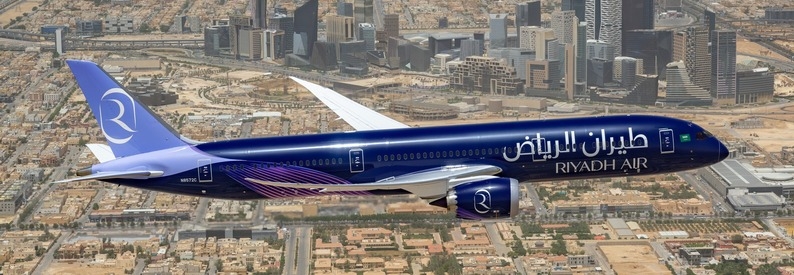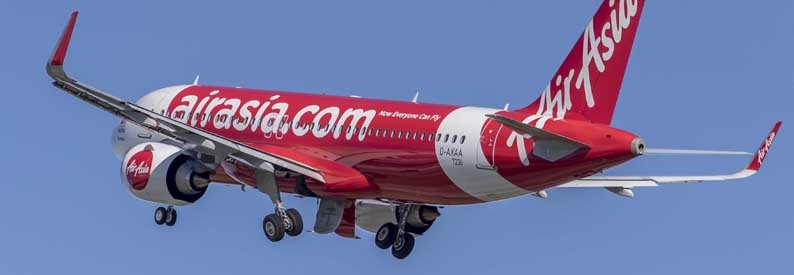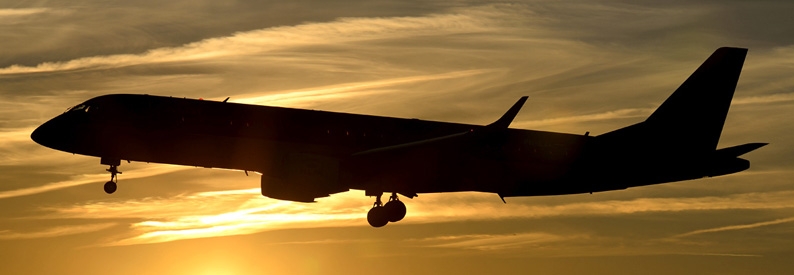Saudi Arabia has a war chest of USD30 billion to pump into its new national carrier, likely called Riyadh Air (RXI, Riyadh), to compete out of Riyadh with large Gulf carriers such as Emirates (EK, Dubai International) and Qatar Airways (QR, Doha Hamad International) for global transfer traffic.
Sources told Arabian Business the name "RIA" had been submitted as the preferred option, although the final choice will likely be made by Crown Prince Mohamed Bin Salman.
"We are talking about a brand-new airline that aims to do what Emirates did in a quarter of the timescale. It's unprecedented in the history of aviation. It's also why they have yet to appoint a CEO – whoever takes this job will have to deliver the most ambitious targets you can imagine," the source said.
Bloomberg earlier reported the recruitment of a chief executive was being finalised after earlier prospects for the post shied away from the role. Current and former chiefs at US, European, and Middle Eastern airlines were reportedly approached by corporate headhunters before deciding against getting involved.
The new venture backed by the Kingdom's Public Investment Fund (PIF) has been in the making for the past 12 months. It will be the second national carrier next to Saudia (SV, Jeddah International), which operates out of Jeddah International.
The additional airline forms part of Saudi Arabia's Vision 2030 plan to diversify the economy and make it less oil-dependent. The Kingdom plans to invest at least USD100 billion in aviation in the next eight years to establish itself as an international aviation and logistics hub in competition with the United Arab Emirates (UAE). In July, Saudi Arabia’s government-owned Public Investment Fund (PIF) launched its own lessor, AviLease, with flynas (XY, Riyadh) its first customer for twelve A320-200Ns. Chief executive Edward O'Byrne said at the time that given the PIF's financial involvement, the firm has global ambitions.
Saudi Arabia is targeting 30 million international transit passengers by 2030, a major push from the three million recorded in 2019. Sources told Arabian Business this means the startup will eventually need to operate more than 150 routes globally across Europe, North America, South America, Africa, and Asia, thus necessitating the USD30 billion investment. "Right now, about 60% of all air traffic into Saudi comes from the Middle East. Asia-Pacific is around 20%, Africa just 10% – this is where the huge potential is," the source added.
The Kingdom aims to have 100 million tourists annually by 2030. Echoing the meteoric development of Dubai in the neighbouring UAE, Vision 2030 investments include the USD48 billion NEOM "smart city" project on the Red Sea in northwest Saudi Arabia. Some USD10 billion is being spent on the Qiddiyah mega entertainment complex in Riyadh. A 90-island Red Sea Project will include an international airport, hotels, residential properties, leisure facilities, and entertainment ventures. Others include the USD7.7 billion Soudah luxury mountain resort; and the AMAALA luxury wellness retreat on the north-western coast.





